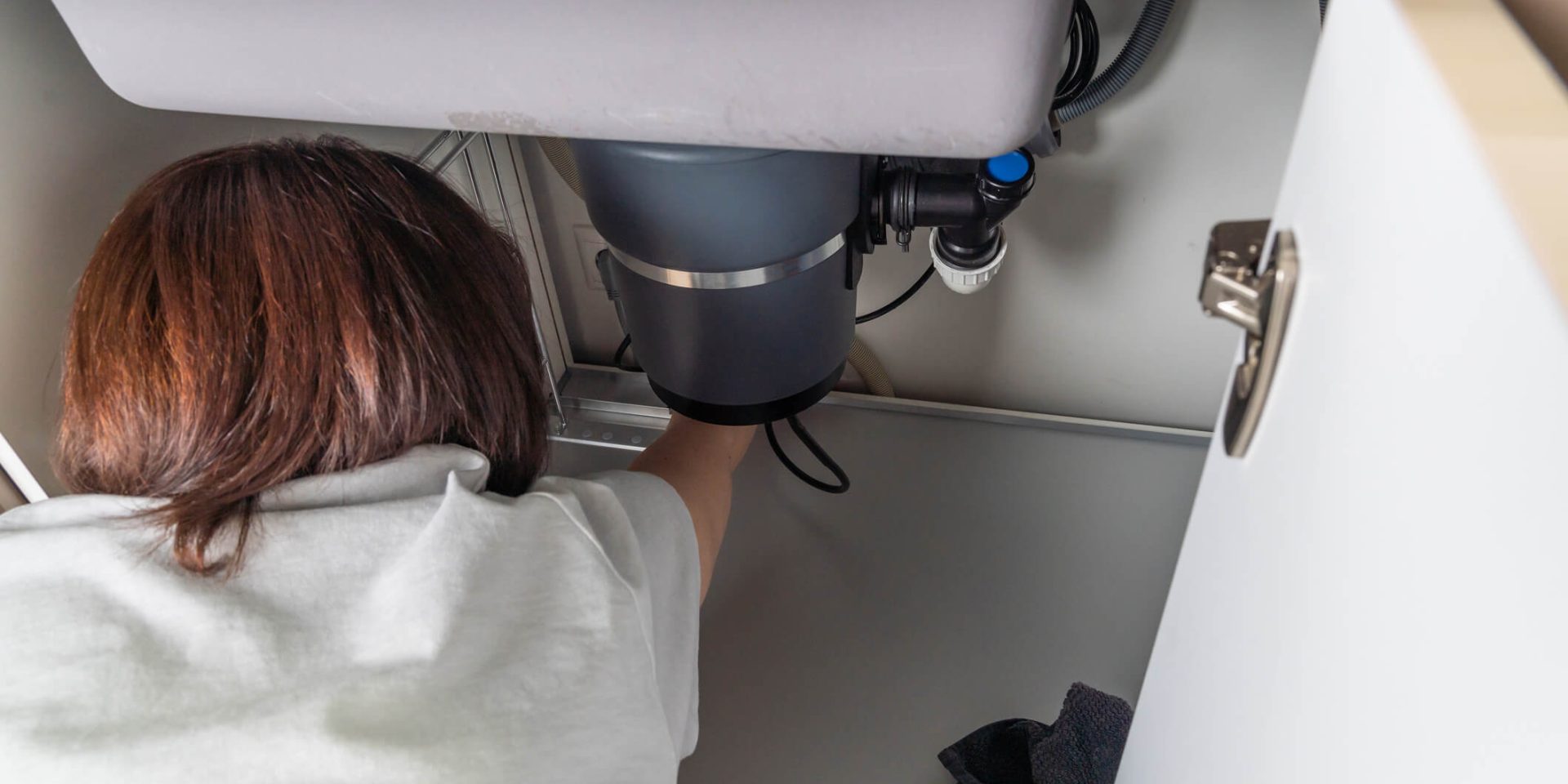Have you been interested in critical information on Why Is ?

Waste disposal unit are necessary cooking area home appliances that assist in throwing away food waste successfully. Nonetheless, a leaking waste disposal unit can be an aggravating and untidy issue to deal with. Thankfully, many leaks can be dealt with quickly with a couple of simple actions. In this short article, we will talk about exactly how to fix a leaking waste disposal unit properly.
Intro
Garbage disposals are installed under kitchen area sinks and are made to shred food waste into smaller sized pieces, allowing it to go through the plumbing system conveniently. While these devices are normally dependable, leaks can take place in time as a result of damage, loosened links, or damages to the unit.
Step-by-Step Overview to Taking Care Of a Leaking Waste Disposal Unit
Turn Off the Power
Prior to trying any repair services, ensure that the power to the waste disposal unit system is switched off to prevent the danger of electrical shock.
Locate the Leakage
Identify the exact area of the leak and determine the cause
Tighten up Connections
Make use of a wrench to tighten up any kind of loosened links between the disposal device and the pipes system.
Replace Seals or Gaskets
If the leak is because of worn seals or gaskets, remove the old components and replace them with new ones.
Patching Fractures or Openings
For cracks or holes in the disposal system, usage epoxy or an appropriate patching material to seal the broken area.
Determining the Source of the Leakage
Before attempting to repair a leaking garbage disposal, it is important to recognize the source of the leakage. This can commonly be done through visual examination or by carrying out easy examinations.
Visual Evaluation
Inspect the waste disposal unit unit carefully for any kind of indicators of water leakage. Pay close attention to areas around seals, gaskets, and connection factors.
Checking for Leaks
One means to test for leaks is by running water with the disposal device and looking for any kind of noticeable indicators of leak.
Common Sources Of Leaks in Rubbish Disposals
Worn Seals and Gaskets
Seals and gaskets play a vital role in avoiding water from dripping out of the garbage disposal. Over time, these components can deteriorate, resulting in leakages around the disposal device.
Loose Links
The connections in between the waste disposal unit and the pipes system can come to be loose in time, causing water to leakage out throughout procedure.
Cracks or Openings in the Disposal System
Physical damages to the garbage disposal, such as cracks or openings in the housing, can additionally lead to leaks.
Tools and Products Needed for Dealing With a Leaking Garbage Disposal
Prior to beginning the repair service procedure, gather the needed tools and materials, consisting of a screwdriver, adjustable wrench, plumbing professional's putty, replacement seals or gaskets, and epoxy or patching product for fixing fractures or holes.
Examining the Waste Disposal Unit After Repair Work
As soon as the repair work is total, check the garbage disposal by running water with it to ensure that the leak has actually been resolved.
Preventive Upkeep Tips to Stay Clear Of Future Leakages
To prevent future leaks, it is essential to do routine maintenance on your waste disposal unit. This consists of maintaining it clean, avoiding placing non-food items or difficult things down the disposal, and periodically checking for leaks or various other issues.
Conclusion
Finally, taking care of a dripping garbage disposal is a fairly simple procedure that can be completed with standard tools and products. By adhering to the actions described in this write-up and exercising preventive upkeep, you can maintain your garbage disposal in good working problem and avoid expensive repair services in the future.
What to Do About a Leaking Garbage Disposal
A leaking garbage disposal often goes unnoticed until you confront a sopping cabinet, a foul-smelling puddle, or an audible drip-drip-drip from the unit. The fix can be frustrating, too, because the leak can stem from a number of components in the system. Fortunately, with a little sleuthing, you can zero in on the leak and—depending on the exact location—stop the icky oozing and repair the component that caused it. Worst case scenario, if it turns out that the garbage disposal must be replaced, installing a new one is a reasonable do-it-yourself task for those with basic plumbing skills. Read on to keep the cash you’d otherwise hand over to a pro.
Prepare to find the leak
Prior to testing the garbage disposal for leaks, unplug it at the wall outlet and turn off the power from the breaker box to prevent electrical shock. Then insert a watertight sink stopper into your sink drain and wipe the unit dry with a clean cloth. In any handy container, mix a few drops of food coloring into a few cups of water, and pour the dyed water onto the sink stopper to help you locate the leak.
Investigate the source
the top, where the disposal meets the sink drain the side, where the dishwasher hose or main drain pipe connects to the disposal or the bottom of the unit Inspect each of these locations while gliding a light-colored rag over the unit; the dyed water will readily show on the rag and reveal the location of the leak. If a leak isn’t immediately apparent, remove the sink stopper and pour a few more cups of dyed water down the sink drain, then check for leaks again. Leaks near the top of the unit are more likely to show themselves while the sink is plugged, while side and bottom leaks are more noticeable while the sink is unplugged.
The metal sink flange that sits directly inside the sink drain is typically sealed around the top with plumber’s putty (a clay-like sealant) and then secured from under the sink with bolts. If the plumber’s putty deteriorates, or the bolts loosen, the flange can no longer form a watertight seal between the sink drain and the disposal—which could cause a leak at the top of the unit.
To reseal the leaky flange, you must first detach the garbage disposal. Start by loosening the screws securing the main drain pipe to the disposal, then loosen the screws in the metal clamp securing the dishwasher hose to the disposal and detach the drain pipe and dishwasher hose from the disposal. Loosen the screws in the mounting ring that connects the disposal to the metal mounting assembly beneath the sink, then pull down the disposal and carefully set it on a clean, dry surface. Loosen the bolts in the mounting assembly with a wrench, then pull down the mounting assembly and set it near the disposal.

I ran across that entry on Why Is My Garbage Disposal Leaking From the Bottom? when doing a search on the internet. Sharing is nice. Helping people is fun. We truly appreciate reading our article about The Handy Guide To Fixing Your Garbage Disposal Leaking.
Book A Free Estimate